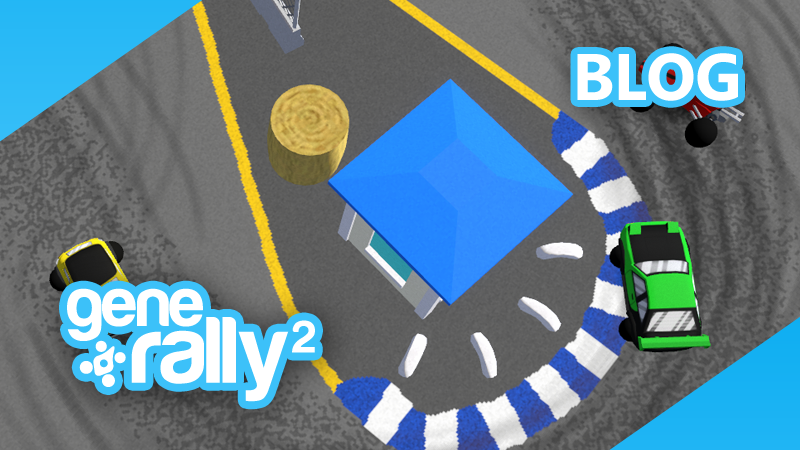Developer Blog
Find out what's happening with GeneRally 2's development.
About this Page
This is where we post updates about the development of GeneRally 2.
You can stay up to date with what’s going on by reading here; following us on Steam, Twitter and Facebook; or by getting notified by email!
Blog Posts

Community Choice - March 2024
May 2024

Community Choice - February 2024
May 2024

Community Choice - January 2024
March 2024

Progress Update - March 2024
March 2024

Community Choice - December 2023
January 2024

Community Choice - November 2023
December 2023

Christmas & Multiplayer
December 2023

Community Choice - October 2023
December 2023
- « Newer Updates -
- Older Updates »
